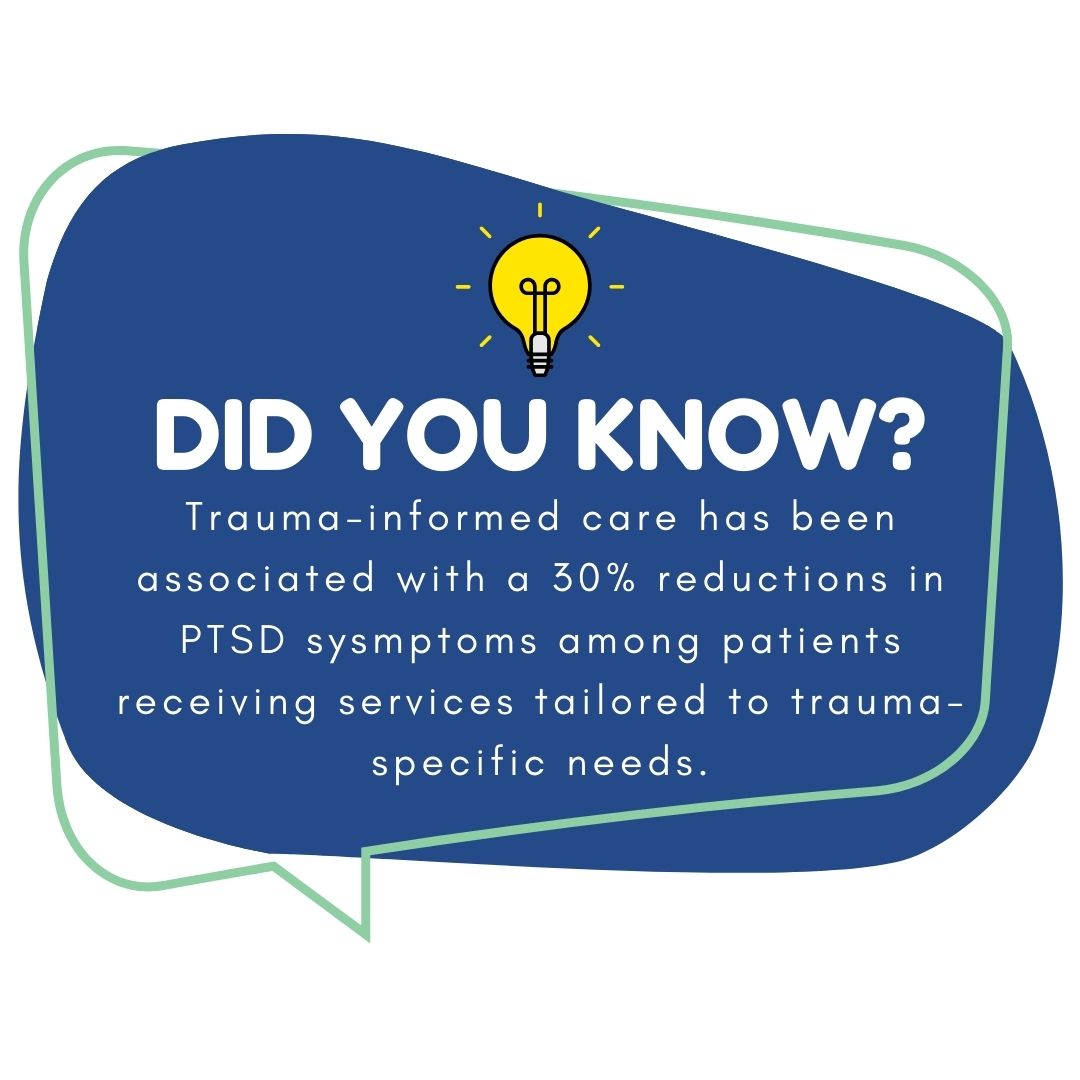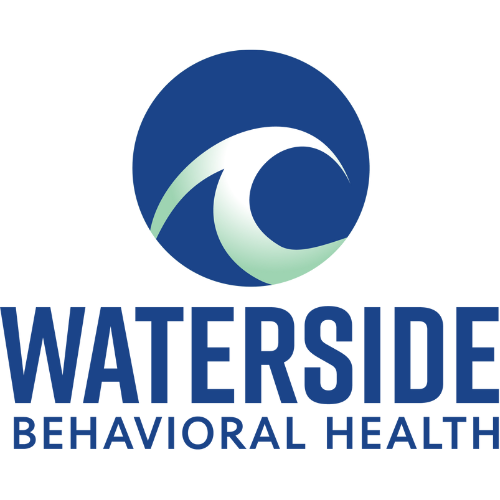What is Trauma Informed Care: Understanding Its Principles and Applications
Trauma-informed care is an approach that recognizes the widespread impact of trauma and emphasizes creating a safe environment for individuals seeking help. This type of care prioritizes understanding the effects of trauma on a person’s life and how it influences their behavior and responses. By focusing on strengths and resilience, trauma-informed care helps to empower individuals on their path to healing.
Many people may not realize that trauma can stem from various experiences, including abuse, neglect, or even loss. Understanding this allows caregivers to provide support that is compassionate and effective. With trauma-informed care, healthcare providers and other service professionals aim to promote recovery while respecting the individual’s experience and pace.
This approach is crucial in many fields, including mental health, education, and social services. By adopting trauma-informed practices, organizations can help individuals feel understood and valued, which is essential for effective support. The shift to this model also fosters better relationships between providers and clients, leading to healthier outcomes.

Principles of Trauma-Informed Care
Trauma-informed care focuses on understanding the needs of individuals who have experienced trauma. Several key principles guide this approach, ensuring that care is safe, respectful, and supportive.
Safety
Safety is fundamental in trauma-informed care. Creating a safe environment allows individuals to feel secure. This involves both physical safety and emotional safety.
Providers should assess the setting for potential hazards. They can also build trust by being watchful for signs of stress or discomfort in the individual. This might include offering a quiet space or confidential areas to talk.
It’s essential to prioritize individual needs. Staff training can help ensure that everyone understands how to maintain safety in all interactions.
Trustworthiness and Transparency
Trustworthiness and transparency are essential for developing strong relationships. Honesty and openness help individuals feel more secure. Providers should clearly explain their roles and processes.
Consistent behavior and clear policies also build trust. Individuals should know what to expect from their care providers. Being upfront about potential challenges or changes fosters a sense of reliability.
Providers benefit from training on effective communication. This training can help them share information clearly and empathetically.
Peer Support
Peer support involves people with similar experiences helping each other. It offers a sense of understanding and connection. Individuals often feel less alone when they can share stories with others who have faced trauma.
Peer support can take various forms, including support groups or one-on-one mentoring. It emphasizes the importance of lived experiences. This support encourages healing and recovery within a safe context.
Incorporating peer support helps build a community. It can empower individuals to take active roles in their healing journey.
Collaboration and Mutuality
Collaboration and mutuality highlight the importance of teamwork in trauma-informed care. Providers and individuals work together to decide the best course of action. This helps individuals feel valued.
All parties should share responsibility for the treatment process. This approach fosters a partnership where everyone’s voice is important.
Support from staff encourages active participation. Individuals become part of the decision-making process, enhancing their commitment to care.
Empowerment, Voice, and Choice
Empowerment involves giving individuals the tools they need to make choices. This principle ensures that everyone’s voice is heard and respected. It allows individuals to feel control over their recovery.
Providers should encourage individuals to express their preferences and needs. This could include options for treatment or coping strategies. Feeling empowered fosters self-esteem and independence.
Education is key in this principle. Providing information helps individuals make informed choices. This reinforces their ability to participate actively in their care.
Cultural, Historical, and Gender Issues
Recognizing cultural, historical, and gender issues is vital in trauma-informed care. Different backgrounds can influence how individuals experience and respond to trauma.
Providers should be aware of and sensitive to these influences. Understanding cultural contexts can improve the effectiveness of care. It fosters inclusivity and respects unique experiences.
Training in cultural competence is essential. This helps providers navigate various perspectives and needs. Acknowledging diversity strengthens relationships and improves care outcomes.
Implementation of Trauma-Informed Approaches
Trauma-informed care requires a structured approach for effective implementation. Important strategies include organizational methods, staff training, and necessary policy adjustments. Each element plays a vital role in creating a supportive environment for both patients and staff.
Organization-Level Strategies
Organizations should create a structured framework that prioritizes trauma-informed care. This includes establishing a clear mission dedicated to understanding trauma’s impact. Communication is crucial. Regular meetings and updates can help staff stay informed.
An effective strategy involves creating safe physical and emotional environments. Organizations can utilize strategies like quiet rooms or designated safe spaces. Engaging with clients and encouraging feedback can improve care and promote trust.
Additionally, involving community resources supports a wider safety network. Partnerships with local services can provide treatment options. This collaboration helps organizations better meet clients’ diverse needs.
Staff Training and Support
Staff education is essential for trauma-informed care. Training should focus on understanding trauma’s effects and how to respond sensitively. Staff should learn to recognize signs of trauma in clients and adapt their communication styles accordingly.
Ongoing support is equally important. Organizations might offer supervision or peer support groups to discuss challenges and successes. This fosters a sense of teamwork and shared purpose among staff.
Creating clear guidelines for responding to trauma-related situations can help staff feel more prepared. Regular role-playing exercises can build confidence in handling sensitive situations. Training staff regularly ensures they stay updated on best practices.
Policy and Procedure Modifications
Policies should reflect trauma-informed principles. This involves reviewing existing procedures to identify areas needing change. Organizations might need to address client confidentiality or informed consent in new ways.
Flexibility in procedures is crucial. For example, allowing clients to choose appointment times can empower them. Offering a variety of communication methods, like email or text, can make access easier.
Moreover, organizations should consider how they can integrate feedback mechanisms. This allows clients to share their experiences and suggests improvements. Policies should align with the goal of creating a supportive and healing environment for all individuals.
Benefits of Trauma-Informed Care
Trauma-informed care provides specific advantages for clients, service providers, and organizations. Understanding these benefits can help improve care and support.
For Clients
This therapy creates a safe environment for clients. It recognizes their past experiences and promotes healing. Clients feel more respected and understood, which can build trust.
This approach encourages open communication. Clients are more likely to share their feelings and concerns. They may also be more willing to engage in treatment or support services.
Additionally, it reduces the chances of re-traumatization. Clients can engage in care without fear of being triggered. This leads to better outcomes and helps maintain a positive relationship with service providers.
For Service Providers
Service providers benefit from training in trauma-informed care. They learn how to recognize signs of trauma and respond appropriately. This knowledge enhances their skills and effectiveness.
With a focus on collaboration, service providers can build better relationships with clients. They feel more equipped to handle challenging situations and can respond with empathy.
Furthermore, this approach can decrease burnout among providers. Working in a supportive environment helps them manage stress. As a result, they are more likely to remain in their positions and provide quality care.
For Organizations
Organizations that implement this care improve their culture. Staff members are more aware of trauma’s impact, fostering a more compassionate environment. This can lead to higher job satisfaction and lower turnover rates.
Adopting this approach can also enhance organizational reputation. Clients and stakeholders appreciate a focus on respectful, effective care. This helps attract more clients seeking help.
Finally, organizations may see improved outcomes. Better relationships lead to increased engagement and success in treatment. With trauma-informed care, the entire organization can thrive while supporting those in need.
Trauma-Informed Care in Different Settings
Trauma-informed care plays a vital role across various environments. In healthcare, social services, education, and criminal justice, this approach helps to create a supportive space for individuals who have experienced trauma.
Healthcare
In healthcare settings, trauma-informed care focuses on creating a safe and supportive environment for patients. Staff are trained to recognize signs of trauma and understand how it affects health.
Key elements include:
- Safety: Ensure physical and emotional safety for all patients.
- Trustworthiness: Build trust through clear communication and transparency.
- Empowerment: Encourage patients to take part in their own care decisions.
Providers aim to avoid practices that may trigger memories of trauma, promoting healing and recovery.
Social Services
Social services implement trauma-informed care to enhance client interactions and support. Professionals in this area recognize that trauma can shape behaviors and needs.
Important aspects include:
- Cultural Awareness: Understand how cultural backgrounds influence trauma.
- Collaboration: Work alongside clients to develop personalized support plans.
- Resilience Focus: Highlight strengths and coping strategies of clients.
This approach creates a supportive framework that allows clients to feel understood and valued.
Education
In education, trauma-informed care is essential for creating a safe learning environment. Educators are trained to recognize the impact of trauma on students.
Key components are:
- Safe Environment: Establish physical and emotional safety in classrooms.
- Supportive Relationships: Build trusting relationships with students.
- Teaching Strategies: Use teaching methods that accommodate trauma-related challenges.
Teachers aim to foster resilience and promote academic success among students affected by trauma.
Criminal Justice
The criminal justice system also benefits from trauma-informed care. This approach recognizes that individuals may have traumatic experiences that influence their behavior.
Core strategies include:
- Crisis Intervention: Use trauma-informed approaches in crisis situations.
- Training: Provide training for officers and staff on trauma impacts.
- Support Services: Connect individuals to mental health and counseling services.
By understanding trauma, professionals can respond with empathy and reduce re-traumatization amid legal processes.
Critical Considerations in Trauma-Informed Care
This type of care focuses on understanding trauma’s lasting effects and promoting a safe environment. It is essential to embrace key concepts that can improve care options for those affected by trauma.
Understanding Trauma and Its Impact
Trauma can affect different people in various ways. Events like abuse, neglect, or violence can lead to feelings of fear and helplessness. These experiences may change how individuals think and behave.
It is crucial for providers to recognize signs of trauma. Symptoms may include anxiety, depression, or difficulty forming relationships. By understanding these impacts, caregivers can respond appropriately to the needs of individuals. Additionally, many people with a need for addiction treatment can also benefit from this care when there is trauma present.
Awareness of trauma also involves knowing how it can affect brain function. Trauma can alter brain pathways, making recovery more challenging. Therefore, a trauma-informed approach is vital for effective care.
Avoiding Re-Traumatization
Re-traumatization occurs when someone experiences triggers that remind them of their original trauma. This can lead to increased distress and hinder recovery. Providers need to create and maintain a supportive environment to avoid this.
Certain practices can help prevent re-traumatization. For example:
- Establishing trust: Building a safe space helps individuals feel secure and open.
- Providing choices: Giving options empowers individuals and helps them regain control.
- Being sensitive to triggers: Recognizing and avoiding specific situations that may provoke anxiety is essential.
Care providers should regularly review their practices to ensure they do not unintentionally cause harm.
Incorporating Resilience and Recovery
Resilience refers to an individual’s ability to bounce back from challenging experiences. Fostering resilience is a central aspect of trauma-informed care.
To support resilience, caregivers can:
- Encourage strengths: Highlighting an individual’s strengths can boost confidence and self-esteem.
- Set achievable goals: Helping individuals set small, realistic goals enables progress in recovery.
- Connect with support systems: Encouraging connections with family, friends, or support groups can create a strong recovery network.
Care providers should always focus on the person’s journey and maintain a hopeful outlook. Recovery is possible when individuals feel empowered and supported in their healing path.
Challenges and Limitations of Trauma-Informed Care
Trauma-informed care faces several challenges that can affect its effectiveness.
Training Gaps
Not all professionals receive adequate training in trauma-informed approaches. This can lead to inconsistent application across different settings.
Resource Availability
Many organizations lack the resources needed to implement trauma-informed practices fully. This can include funding, staffing, and access to ongoing training.
Resistance to Change
Some staff may resist adopting new practices or may not recognize the importance of trauma-informed care. This resistance can hinder progress and implementation efforts.
Cultural Differences
Trauma responses can vary across cultures. Care providers may struggle to understand these differences, making it hard to provide appropriate care.
Burnout and Compassion Fatigue
Professionals working with trauma survivors can experience high levels of stress. This can lead to burnout, reducing their ability to provide effective care.
Measurement of Outcomes
Evaluating the success of trauma-informed care can be difficult. Lacking clear metrics makes it challenging to identify what works best.
These challenges highlight the importance of continuous improvement and support for those providing trauma-informed care. Addressing these issues can lead to better outcomes for both caregivers and those they serve.
Future Directions in Trauma-Informed Care
Trauma-informed care is evolving to address various needs. Key areas include training, policy development, and community engagement.
Training for Staff
More programs are needed to train healthcare workers on trauma-informed practices. This training helps staff recognize trauma signs and respond appropriately.
Policy Improvement
Creating policies that support trauma-informed approaches is essential. Organizations must ensure that these policies are integrated into everyday practices.
Community Partnerships
Building partnerships with local organizations can strengthen care. Communities can provide resources and support that enhance trauma-informed care.
Technology Usage
Using technology can help track and manage trauma-related data. This can improve understanding and guide better treatment plans for individuals.
Focus on Cultural Sensitivity
Trauma-informed care must include cultural competence. Understanding diverse backgrounds will help tailor care to individual experiences.
Research and Evaluation
Ongoing research is vital. It helps identify the best methods and practices for trauma-informed care. Regular evaluations can ensure that services remain effective.
As trauma-informed care grows, these directions can help provide better support and understanding for those affected by trauma.
Frequently Asked Questions
There are many aspects to trauma-informed care, including its implementation, core principles, and effectiveness. This section addresses common questions to provide clear information about this important approach.
How can schools implement trauma-informed care?
Schools can implement trauma-informed care by training staff to recognize trauma signs. They can establish safe environments that promote trust and support. Programs can include social-emotional learning and communication strategies for students.
What constitutes an effective trauma-informed care framework?
An effective framework involves understanding how trauma impacts individuals. It focuses on safety, trustworthiness, peer support, collaboration, and empowerment. This framework should be adaptable to meet diverse needs.
What are the primary principles guiding trauma-informed care?
The primary principles include safety, trust, choice, collaboration, and empowerment. These principles aim to create a supportive atmosphere for individuals affected by trauma. They guide interactions and decision-making processes.
Why is adopting a trauma-informed approach in care settings critical?
Adopting this approach is crucial because it helps prevent re-traumatization. It promotes healing, resilience, and well-being in individuals who have experienced trauma. Care settings that use this approach can better meet the needs of those they serve.
Can you provide examples of trauma-informed care in practice?
Examples include establishing quiet spaces for individuals to relax and offering counseling services. Staff training on trauma awareness and creating policies that promote inclusivity are also effective. These practices help create supportive environments.
What are the core elements that distinguish trauma-informed care?
Core elements include an awareness of trauma’s impact, creating a safe space, and being responsive to individual needs. It also involves building trust and fostering open communication. These elements distinguish trauma-informed care from traditional practices.




